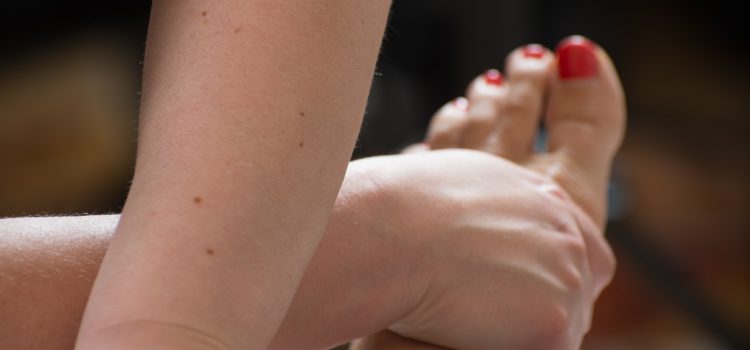
Originally – as its name indicates – from California, the popularity of this technique is growing steadily. Whether in North America or Europe (where it is also called “sensitive massage”), Californian massage is ideal for clients who are looking for effective and long-lasting relief of tension through deep relaxation, as well as an overall sense of balance. It’s the ideal anti-stress massage!
Jump to section :
History
The main principles of the technique were established in the 1970s during a personal growth workshop at the Esalen® Institute in Big Sur, California. In addition to being relaxing, this massage was intended to provide an opportunity to reconnect with the body. Since its first clients were people seeking mindfulness, Californian massage needed to be comforting and soothing. It also needed to relieve muscle tension that was often deep and well-established. These objectives were used by Margareth Elke as a basis for establishing an organized system of Californian massage.
A proud descendant of Swedish massage, Californian massage has retained many of its techniques. These include foulage, petrissage and rotating friction to stimulate oxygen flow and relieve deep tension, as well as effleurage and gliding pressure to promote fluid circulation.
Applications and Effects
Californian massage is gentle, but this descriptor defines the interaction between giver and receiver and is not synonymous with light.
Today, this technique has a large and diverse base of devotees. Men and women of all ages see it as an ideal tool to fight stress. For many people, receiving a Californian massage means treating yourself to an escape and to rejuvenation.
Performed with attentiveness and compassion, Californian massage helps awaken a physical memory and is often very useful for people who have experienced trauma or who are undergoing psychotherapy.
Indications and Contraindications
Although it is not curative, Californian massage does provide effective relief of chronic pain. In individuals with fibromyalgia, arthritic disease or other ailments, it also helps to partially relieve muscle aches and reduce the unpleasantness of pain by helping them maintain a positive relationship with their body.
While there are few contraindications to massage, therapists must ensure that the service provided is appropriate for the client’s needs and condition. For example, a massage cannot be performed on someone with a fever or contagious disease or following a major surgical operation.
Conduct of a Session
A Californian massage session begins with a general assessment of the recipient’s health.
Whether preventive or palliative, Californian massage is ideal for anyone who wants to maintain a healthy relationship with their entire body and being.
Using flexible hands, bodyweight and breathing, massage therapists invite recipients to surrender, relax their muscles and rediscover the senses. Strokes of varying rhythms and depths are applied directly to the skin using oil. Californian massage is based on a series of specific strokes and is characterized by its long, enveloping and fluid movements. It is performed with deep respect for individual integrity and leaves room for creativity and personalization. Although recipients are passive, anyone who receives a Californian massage is participating in the art of self-awareness.
To learn more about Californian massage (in French):

